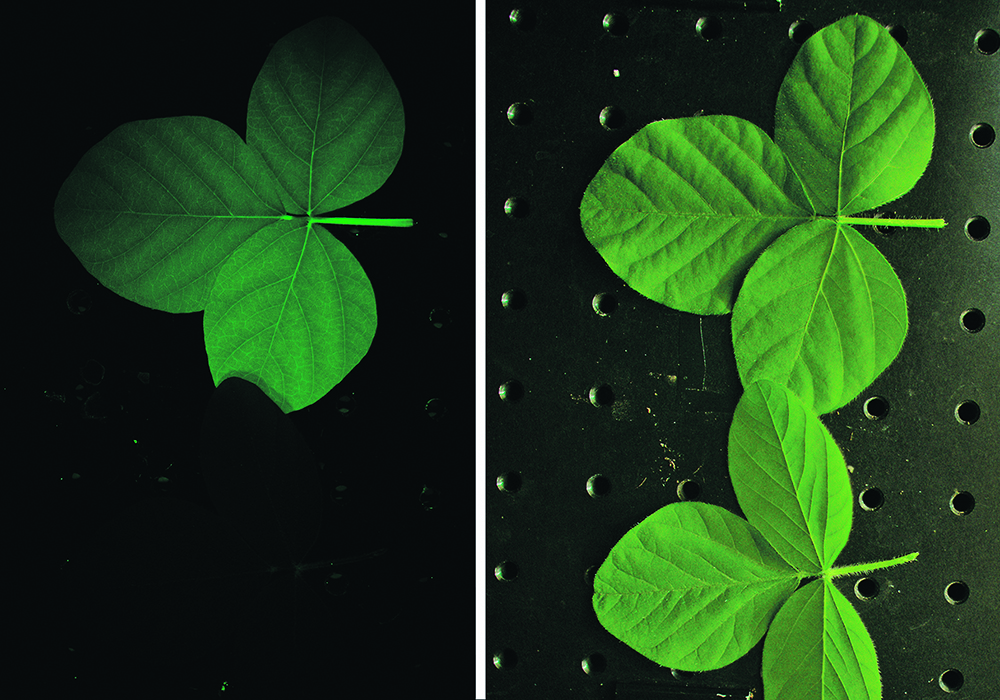The chemical signals plants emit to warn each other of threats and changing conditions are being tweaked by a California startup so that simple optical sensors can pick them up.
“We recode the plant’s DNA to generate a fluorescent protein that creates that optical signal,” said Reza Bloomer, head of business development for InnerPlant.
He said these colour-coded signals are invisible to the naked eye, but can be read by infrared cameras mounted on farm equipment, drones, smartphones as well as through satellite imagery.
Read Also

Ag in Motion innovation awards showcase top 2025 ag technology
The 2025 Ag in Motion Innovation Awards celebrated winners across five categories: agronomics, agtech, business solutions, environmental sustainability and equipment.
“Every unique stress, whether that be a nutrient deficiency or fungal infection or sucking insect pressure has a unique genealogical reaction. We call those promoters and then the fluorescent proteins are reactors,” Bloomer said.
“Solar-induced fluorescence (SIF) is the technology we’re using to pick up on these signals. It’s no different from how chlorophyll has been detected for decades.”
He said InnerPlant’s molecular biologists work to identify promoters and then change the plant’s reaction to them to include the fluorescent proteins.
An important part of the process is to identify which crop-stressors should be monitored by this system, so InnerPlant works with farmers to find out what their needs are.
“We want to identify issues in the plant that would actually be actionable, so we can pick up on that early and get a specific notification about a particular plant pressure. That’ll differ by crops and differ by region,” Bloomer said.
InnerPlant has already created tomatoes and soybeans that emit different fluorescent proteins for different stressors, and is in the process of scaling up its research.
The fluorescent protein emitting soybean has yet to be grown in field conditions, however the tomatoes the company developed are being grown and studied in California fields.
These fluorescent signals will likely indicate a crop is under a general threat, such as a fungal disease or insect, and not that a specific fungus or insect is present.
This is because the fluorescent colour spectrum is limited.
“We could technically write the transcriptomic data for specific pathogens or specific insects, and it is possible to locate and identify those promoters,” Bloomer said.
“But it’s a spectrum, so it’s limited and in order to detect a strong enough signal we say it’s probably two to three unique stretchers that we can pick up on, and so I think general is better.”
The optical detection system used to pick up these fluorescent signals will pick up on general signals from a crop, as opposed to a single signal from a single plant.
Bloomer said there many sensors being developed to monitor crops and field conditions, however using the crop themselves as sensors has advantages.
“The plants know best, they’ve been doing this for millions of years. So if we can harness that plant level data and deliver it to farmers in an effective way, I do think this is the future of farming,” he said.
He said InnerPlant plans to take this new GMO stack to market with industry partners, and could potentially be moving toward commercialization within three years.


















